'Let us go to Burhanpur' - by K J S Chatrath
I visited Burhanpur in Madhya Pradesh, India for 5 days last month. There is no direct flight from Delhi to Burhanpur but one can use good rail connections. My visit was an eye opener as Burhanpur turned out to be a hidden gem. It is located at a distance of 340 kilometres southwest of the state's capital city of Bhopal.
I was privileged to have the company of Mr. Qamarudin Falak (M-9131056037) the well known historian and teacher of Burhanpur who is conversant with very brick and stone of Burhanpur. Thank you Mr. Falak, Sir.
This is Mr. Falak whom I snapped while he himself was taking a photo.
Burhanpur is said to have been named after the Sufi saint Sheikh Burhanuddin Gharib, who was a disciple of Hazrat Nizamuddin Aulia. Burhanpur is also believed to be the place of penance (tapobhumi) of Bhrigu rishi, who wrote the Bhrigu Samhita on the banks of the Tapti. Burhanpur is a 600-year-old name given by the Farooqi dynasty, after Sufi saint Sheikh Burhan-ud-din
Between 1600 and 1720, Burhanpur served as the de-facto second Mughal capital of India and was a cradle of culture. it was a training centre for Mughal princes and princesses and the Farooqis. Shah Jahan spent 40 years in Burhanpur, Aurangzeb spent 44.
Farookis ruled for 200 years and during their rule Sanskrit shared space alongside Arabic and Farsi.

In
his memoirs, French chronicler Tavernier noted that Burhanpur was the biggest
yarn market of Asia.
Majestic Shahi Qila has four floors. The
best-preserved structure in the fort is the zanana hammam
(ladies bath), built in 1612, with now fading frescoes
It is said that Shah Jahan wanted
to build Mumtaz Mahal's memorial on the banks of the Tapti. However, architectural
calculations indicated that the loamy black cotton soil couldn’t bear the
weight of the proposed building. The logistics of transporting white marble
from Makrana in Rajasthan further tilted the decision in Agra’s favour, and that is where the Taj Mahal was built. the
rest is history.
Baradari
The walled city’s three-storeyed main entrance Shanivara Gate, blends Hindu and Muslim motifs. Like the Shaniwara Gate, Itwara and Budhwara Gates too were named after weekly markets. Lohar Mandi Gate was where iron smiths traded, while Shikarpura Gate marked the route taken by Prince Daniyal, third son of Emperor Akbar when he went hunting.
Itwara GateThere is an old structure in Burhanpur which is locally known as Kala Taj Mahal. It holds the remains of 17th-century warrior Shah Nawaz Khan son of Abdul Rahim Khan-i-khana, Governor of Burhanpur for 37 years. One understands that before its chemical cleaning a few decades back, its exterior was full of dried vegetation, which from a distance looked almost black- and hence the name Kala Taj Mahal.
Inspired by Agra's Taj Mahal and the connected stories of Burhanpur, a local educationist has got a marble replica of Taj Mahal built in Burhanpur. That's me posing in front of the 'new' Taj Mahal at Burhanpur. Yes, this deserves more photos and a detailed write-up. Please do give me some time.
Across the Tapti, there is the walled compound of Ahukhana, an erstwhile hunting lodge. Mumtaz Begum is said to have had converted the 28-acre deer park into a rose garden, and after she died in 1631, her embalmed body was kept in a pavilion there for six months.
Shri Mata Renuka Ji Temple
Tenth Guru of the Sikhs Guru Gobind Singh Ji is believed to have stayed here (Badi Sangat Gurudwara) for 6 months and 9 days before leaving for Naded. It is here that he gave finishing touches to and signed the final copy of Shri Guru Granth Sahib Ji in golden letters.
Chotti Sangat Gurudwara is the place where the first Sigh Guru Nanak Dev Ji stayed on his return from Ceylon (Sri Lanka)
Neher-e-Khair-Zari or Kundi Bhandara is
a rare example of a unique 17th-century subterranean waterworks
that channeled groundwater from 3 km away to the surface using capillary
action.
Tapti Ghat
Dargah-e-Hakimi is the resting place of Bohra saint Syedi Abdul Qadir Hakimuddin, outside the walled
city. This dargah is so highly revered that a pilgrimage to Mecca, Medina, and
Karbala is considered incomplete unless this dargah too is visited.
Khan Azam Afghani Ki Qabr
Burhanpur Railway Station
Useful information
Getting there: Burhanpur lies on the Madhya Pradesh-Maharasthra border,181 km/4 hrs south of Indore via SH27.
Where to Stay: Tapti Retreat, Madhya Pradesh Tourism
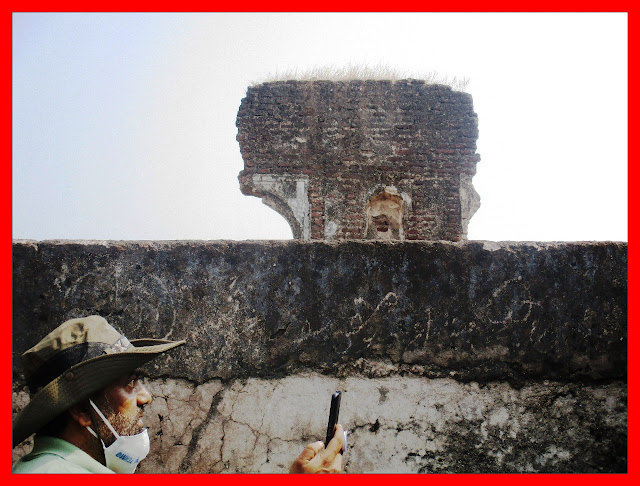






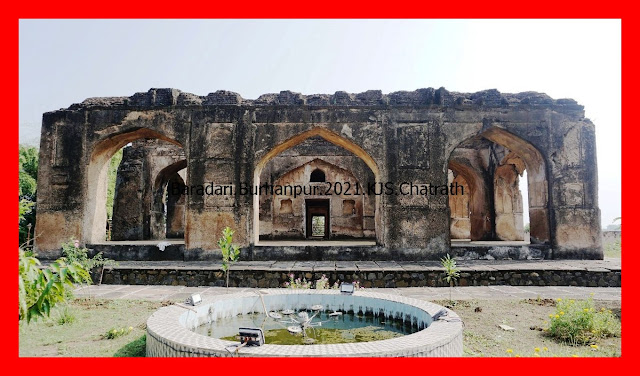







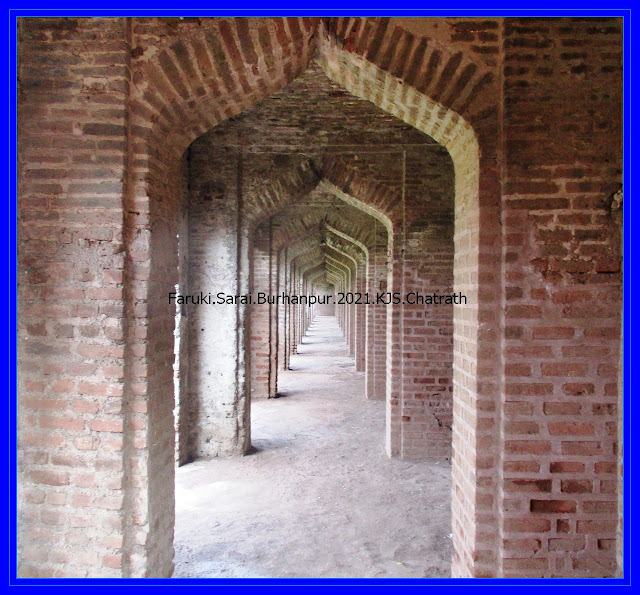
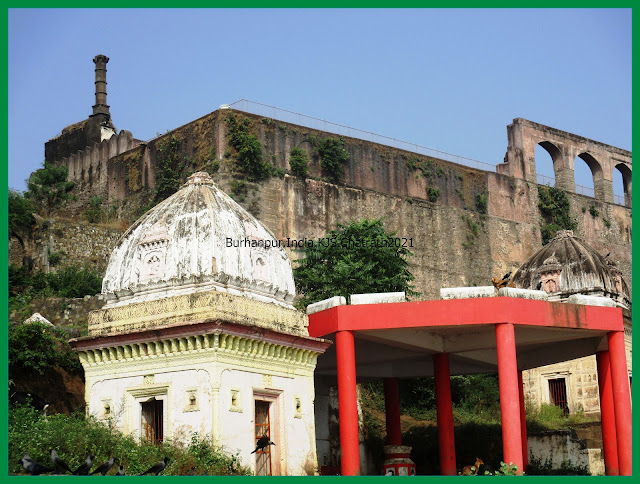






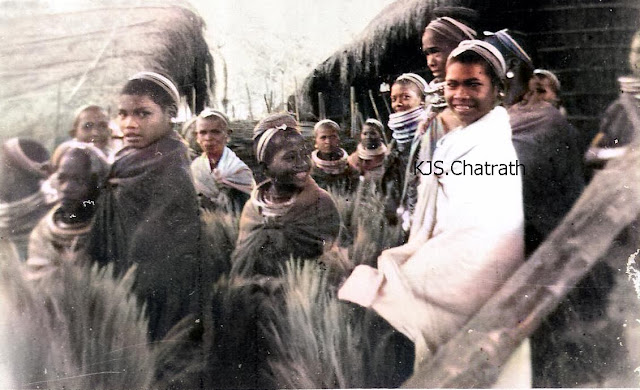
Very nice infermitionn .
ReplyDelete